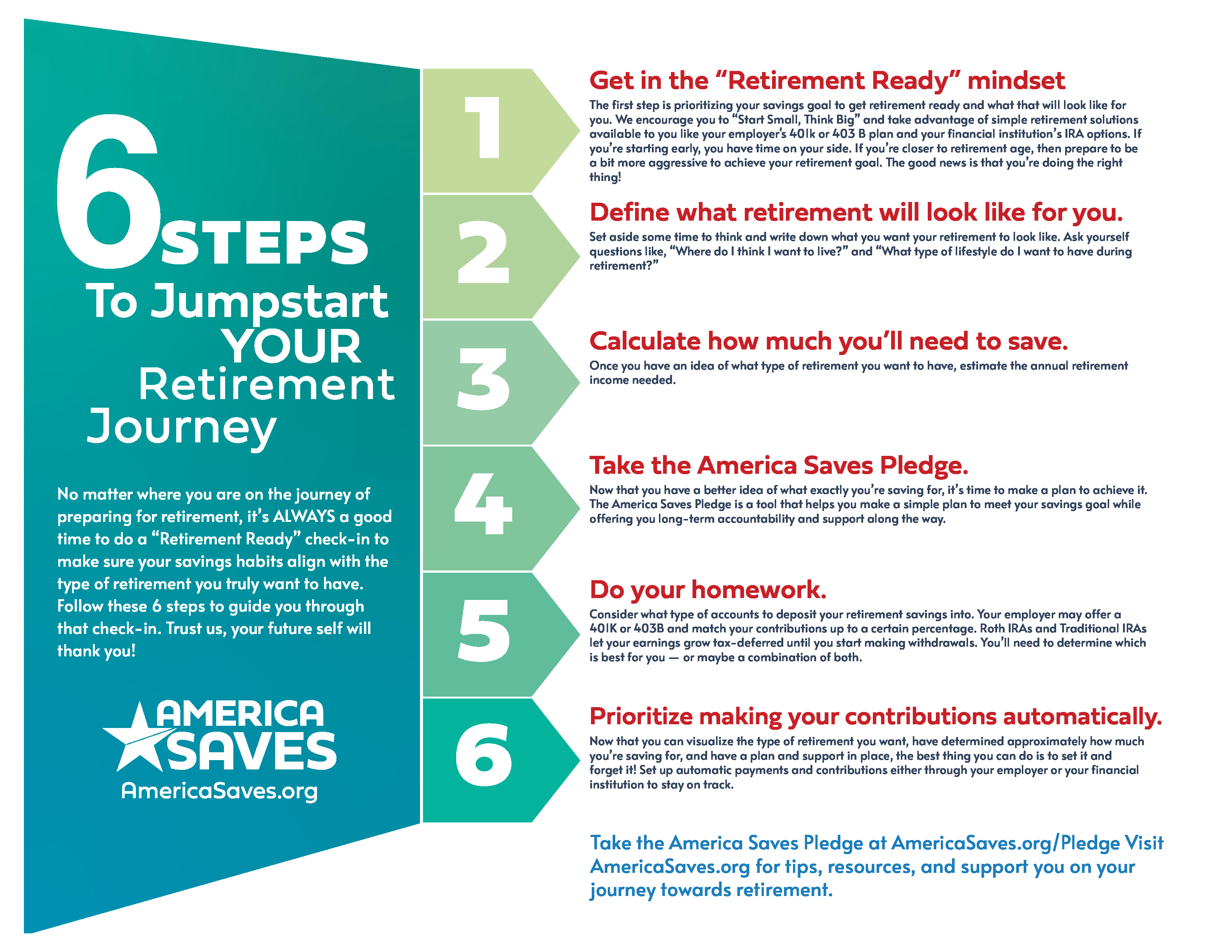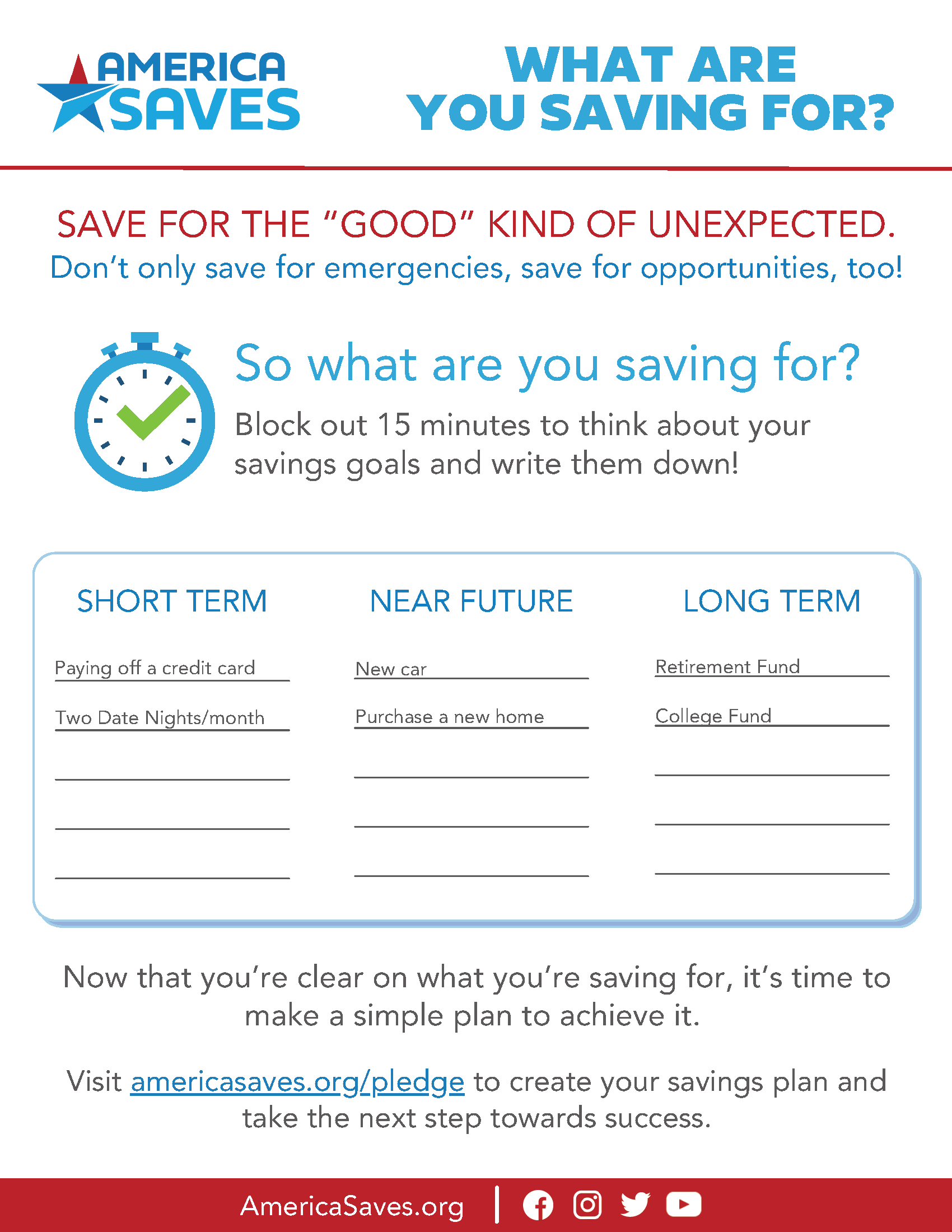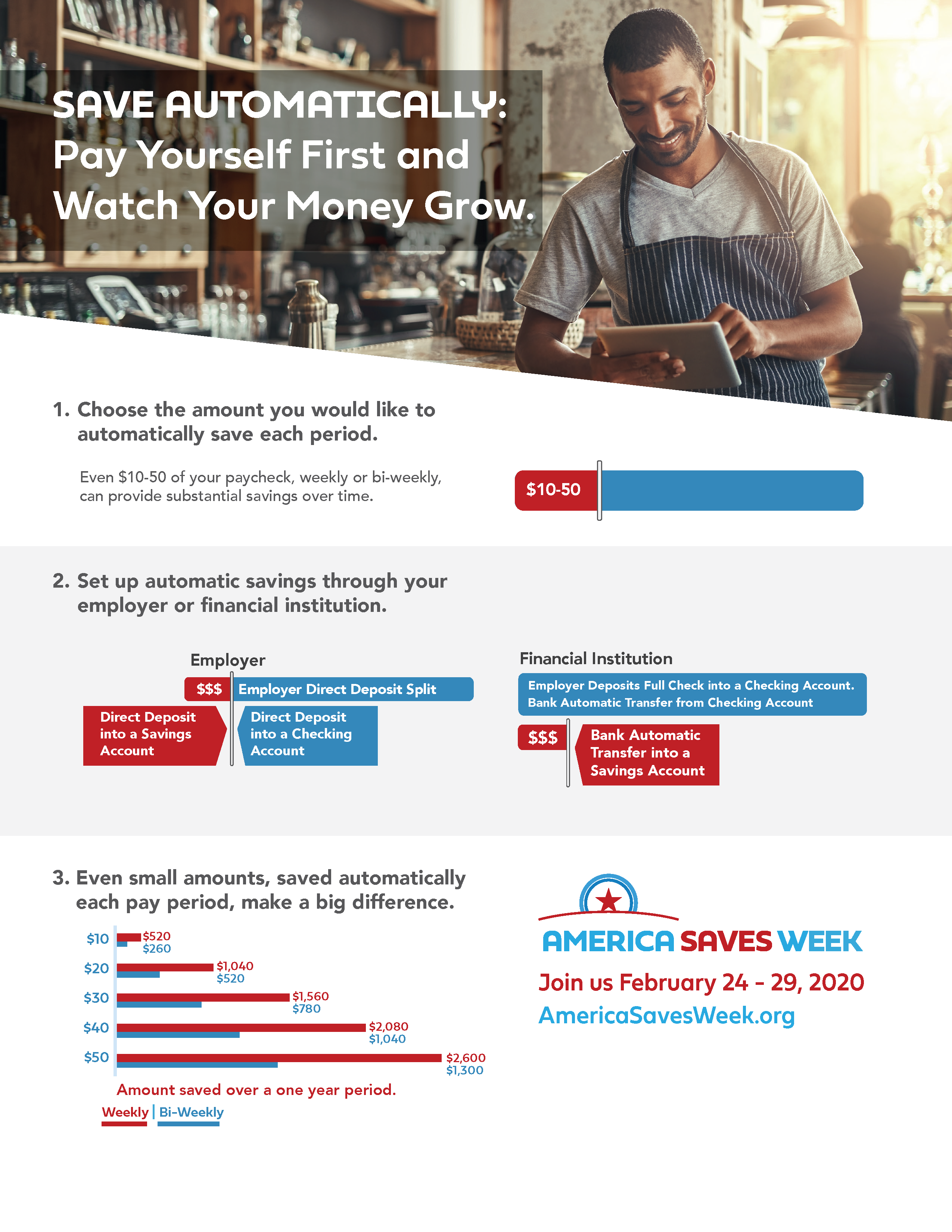For those starting their college career or their professional career, keep your eye out on offers for credit cards. These life milestones are often signals to lenders that the time might be right for you to get on board as a credit card holder.
Figuring out how to manage credit cards is critical for new borrowers. We suggest to start by asking yourself the following:
- Is using a credit card the right way to pay for the purchase? Would cash or a debit card work just as well?
- Is it clear how interest is charged?
- Will any credit card fees be assessed?
- Once the charge is made on the card, is it easy to track the minimum payments and due dates?
It can be helpful for borrowers to run through these questions for each card. Knowing due dates, minimum payments and other terms is very helpful towards using credit cards wisely.
Advice To Follow
After you ask those questions about the basics, it also pays to think ahead.
Many people who have run into challenges with credit cards have told us that the most important advice to follow is to make payments on time, keep credit card debt manageable, pay off balances and maintain low balances to avoid interest and late charges.
If people only make minimum payments and keep making purchases, their debt will quickly grow, increasing financial stress and derailing their financial future. If a person gets into the habit of making late payments or taking on more debt than they can handle, then the credit score will suffer and they will have to take additional steps to repair the damage that been done.
New borrowers are wise to understand their current financial picture, their spending habits, and the pros and cons of how access to credit will impact their specific financial situation.
Where To Start?
As those credit card offers fill up your mailbox, it can be confusing to know where to start. Credit cards are available with many options. Compare different cards based on your needs and the card terms.
For students and new borrowers interested in using credit cards wisely, it is helpful to look at the following:
- The annual percentage rate (APR): This is how much interest you will pay if you do not pay off your balance each month. Also, for many credit cards, rates may increase after a short period of time.
- Fees: Many cards have yearly fees. Most charge for late payments, balance transfers, cash advances, or spending over your credit limit.
- Credit limits: Your credit limit is right for you when it is in line with what you can afford to pay back. Many people we work with find that high credit limits offer challenges when it comes to managing the balance owed.
- Figure out how many credit cards Is the “right” amount.
- Managing just a few credit cards can be easier than having many cards.
- When you reach the spending limit on one card, it’s best to manage those payments before shifting your purchases to another card.
- Planning monthly expenses and setting a budget is the best way to easily adjust your spending habits.
- Keeping your receipts helps with keeping track of monthly activity.
- Having a plan will help you reduce the chance of impulse buying. When you have a plan, there’s less chance you will overspend on items you don’t truly need.
- Review the different payment options: Is it easier to pay through an app or at a website or over the phone? Usually people can set up automatic payment drafts to pay the full balance or just the minimum payment by the credit card due date.
- Many new borrowers find that it is necessary to use credit cards to cover important expenses such as food, gasoline, and utilities. If that becomes a regular pattern, it is helpful to review your budget.
New Credit Card Users — Next Steps
Remember: Every time you use a credit card, you take on debt, and debt is borrowing money you haven’t earned yet. It is wise to always keep the focus on this fundamental truth. Beware of high interest credit cards that can become difficult to pay back if financial circumstances change unexpectedly.
It’s all about the basics: looking at monthly expenses, looking at income and setting spending priorities as well as building up emergency savings. As a new credit card holder, these principles will be the building blocks of achieving financial success!
brought to you by GreenPath Financial Wellness

Save small. Dream big.
We're celebrating Youth Month all April long! Be sure to check out our blog each week or follow is on social media for a new youth financial literacy topic.
You can also check out our Youth Program to help get your child started on the path to smart money management.


 How do you save automatically? The two best ways to
How do you save automatically? The two best ways to 